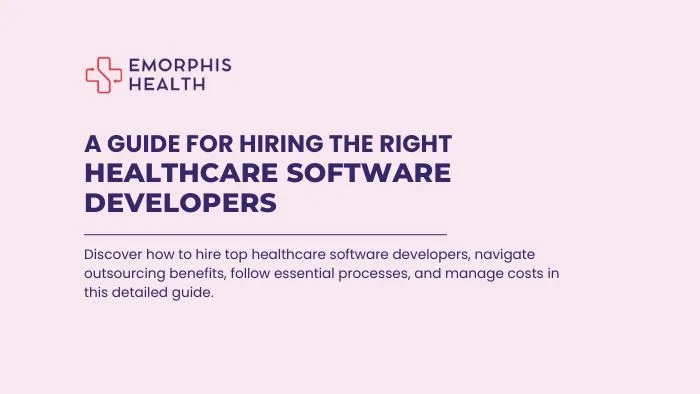
Can Custom Software Fix Healthcare’s Staffing Crisis?
The healthcare industry is grappling with an unprecedented staff shortage crisis.



© 2024 Crivva - Business Promotion. All rights reserved.